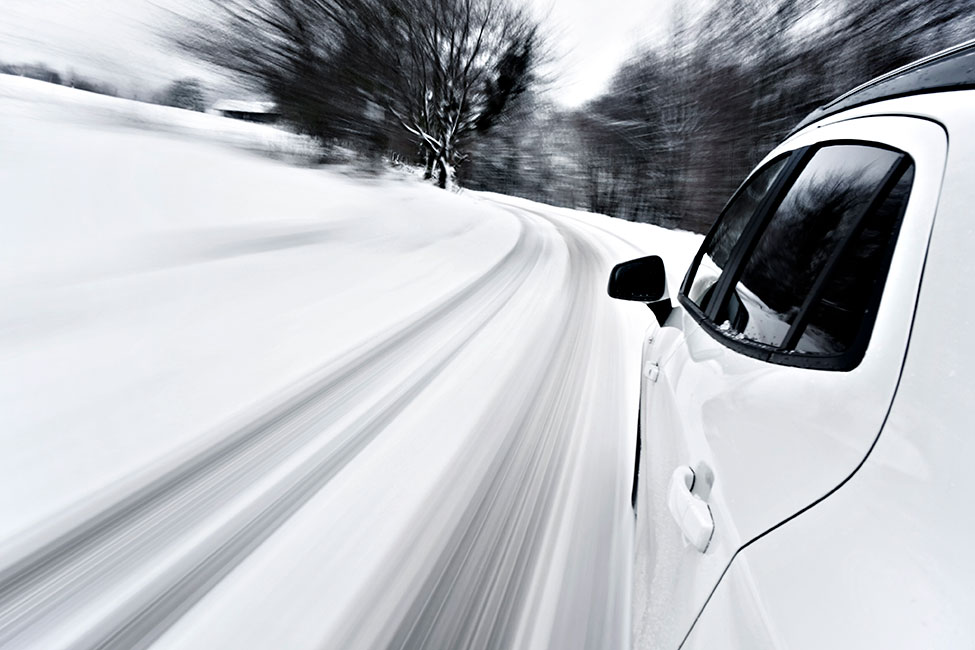Winter motoring: are you ready?
Winter motoring: are you ready?

©supergenijalac/iStock
It is more difficult to predict weather conditions in winter. It is thus essential that motorists remain extremely cautious when driving on winter roads and respect three basic rules: vigilance, anticipation and moderate speeds.<br />
Winter driving calls upon additional skills on the part of both the motorist and their vehicle. Make sure you are perfectly prepared before heading out onto winter roads.
When should you use snow tyres?
Winter tyres will increase your safety. In the case of icy roads and compact or melted snow, they improve the vehicle’s handling, road holding and braking distances, particularly on frozen, but also on wet roads. To ensure optimum control of your vehicle and its stability, we recommend mounting four winter tyres.
Know your limits and those of the other drivers
Make sure you are completely concentrated on the road and adapt your speed to the external conditions. Respect the safety distances with other vehicles and avoid any situation which might require you to brake suddenly. The roads can be slippery.
Braking
Respecting safety distances will help you brake early and/or avoid the need for sudden braking. Whenever possible, avoid slamming on the brakes or driving at high speeds. Also avoid changing direction or accelerating suddenly (it is always better to accelerate gradually). Don’t brake suddenly to avoid locking the brakes. If that happens the vehicle can skid and you risk losing control. In this case, release the brake pedal so that the vehicle can regain its grip, then alternate between changing gear and the brake pedal.
Spinning and skidding
To avoid skidding when your wheels spin on snow, accelerate slowly and smoothly. If the wheels spin, move into a higher gear to reduce the force applied to the wheels. This will help restore the vehicle’s traction. To avoid the wheels spinning while going uphill, use a higher gear than on dry roads.
Bends
Before entering a bend, reduce your speed in the approaching straight line. To avoid any risk of skidding and loss of control of the vehicle, approach the bends by gently and smoothly turning the steering wheel. Maintain a constant and moderate speed.
Loss of control of front wheels
If your front wheels lose their grip, lower your speed by lifting your foot off the accelerator. Then accelerate again gradually. Whatever you do, don’t brake: you will increase the vehicle’s skidding.
Loss of control of rear wheels
If you have a front-wheel drive vehicle and your rear wheels lose their grip (but not the front wheels), accelerate gently.
Feel like getting away from it all?
See our suggestions for novel trips and must-see places to visit near your home or holiday destination.